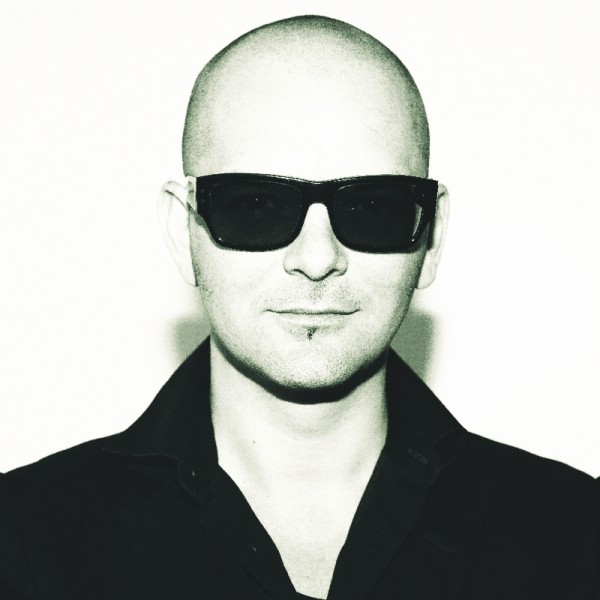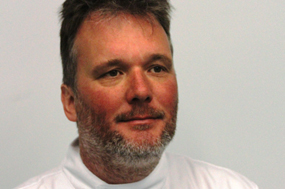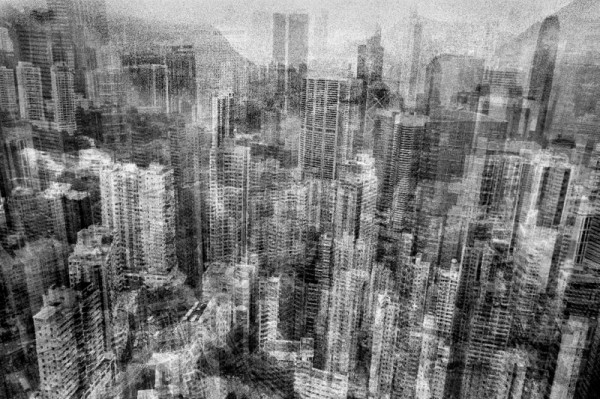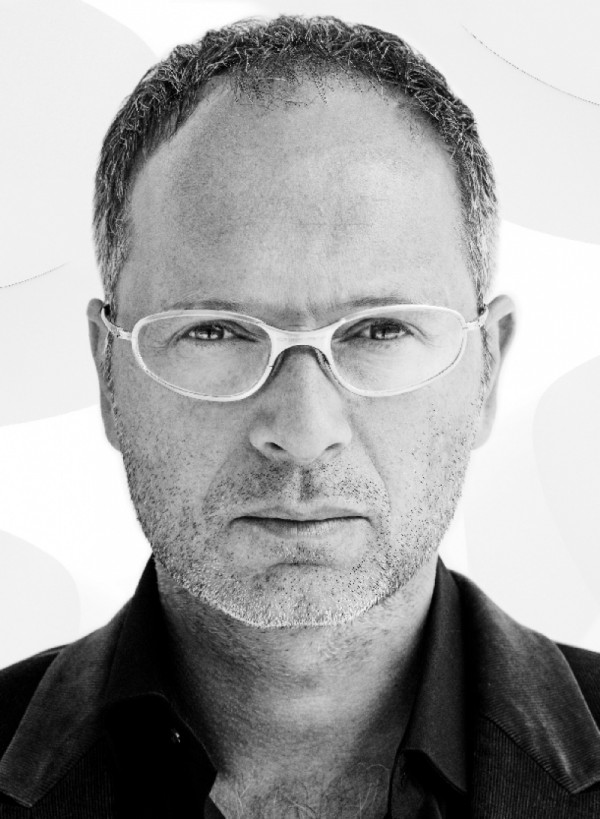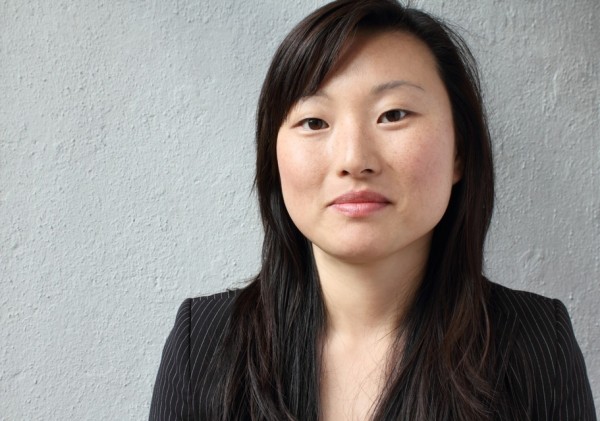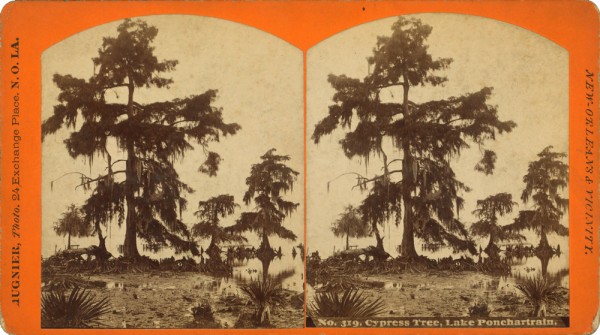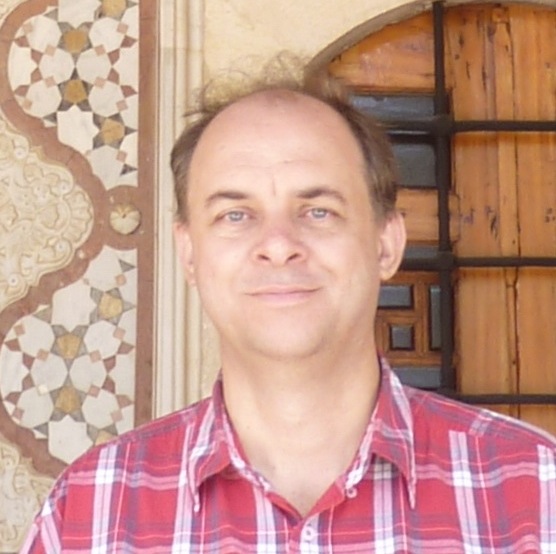Rachel Armstrong / Marnix De Nijs / Frederik De Wilde / Espen Gangvik / Graham Harman / Jae Rhim Lee / Michael Najjar / Simon Park / Jørgen Skatland
Lost in Transition
Conference day 2: Saturday May 3, 10:00 – 16:00 @ Dokkhuset
Lost in transition explores the potency of indeterminate states that open up our engagement with a world that is deeply aesthetically structured and continually in flux. The speakers in this programme attest however, that persistent change and indeterminacy does not mean that anything goes – but instead creates opportunities to explore how order and aesthetics are related so that we may differently shape our reality. In a programme represented by exhibitors and keynote speakers, the impact of transitional states on our aesthetic experiences is explored. Exhibitor Marnix de Nijs observes the technological drivers behind cultural change in his exploded views of structures to create new experiences where societal habits and communication are rethought. Frederik de Wilde proposes to ‘hack the black universe’ in ways where the unknown may tangibly create new encounters. Jorgen Skatland discusses how technology shapes our experiences, and the visual futurist Michael Najaar transmutes science, history and philosophy to reveal the impact of emerging technologies on our social structures. Keynote speakers further challenge our aesthetic sensibilities beyond the traditional realm of the gallery space in which they are usually discussed. Microbiologist Simon Park takes us into the realm of microbial aesthetics by exploring the invisible and Artist Jae Rhim Lee challenges our notions of aesthetic permanence by investigating the processes of death and decomposition. Rachel Armstrong takes an experimental approach towards the production of aesthetics, while writer and philosopher Graham Harman proposes that symbiosis is the site of genuine transition in aesthetic discourse, in the arts and elsewhere.
Curated and moderated by Dr. Rachel Armstrong
Speakers:
10:00 – Rachel Armstrong / Espen Gangvik: Welcome note
10:05 – Marnix De Nijs: Exploded Views
10:30 – Frederik De Wilde: Hacking the universe
10:55 – Jørgen Skatland: Technology as experience
11:20 – Simon Park: Exploring the invisible
12:00 – Michael Najjar: The Telematic Space
12.25 – Lunch
13:15 – Jae Rhim Lee: Body Decompiculture – Somewhere Between Soylent Green and Lenin’s Body
13:55 – Graham Harman: Symbiotic transition
14:35 – Rachel Armstrong: Lost in transition: An (urban) ecology of aesthetics
15:00 – Panel debate and wrap up
16:00 – The End
Rachel Armstrong: Lost in transition: An (urban) ecology of aesthetics
Aesthetic structures are at the heart of our reality and shape our encounters with space. Through their tangible connections with the material realm, the qualities of existence are revealed. I use a simple dynamic droplet system as a way of testing this hypothesis by inviting the material world to directly reveal itself in ways that are not constrained by our preconceptions. The idea that – an ecology of aesthetics participates in the very process of materialization and shapes our experience of the world – is developed through an enduring set of material, cultural and environmental relationships.
Future Venice proposes that the collective actions of droplet assemblages may construct an artificial limestone reef under the city of Venice to spread its point load and attenuate its sinking into the soft delta soils on which it was founded. Alternatively, smart chemistries may be ecologically orchestrated to produce active ‘organs’ that fix carbon dioxide and change colour in its presence as a primitive sensory system, such as in the Hylozoic Ground cybernetic installation, a collaboration with Philip Beesley.
By directly engaging the material realm in constructing an ecology of aesthetic relationships, a method is proposed through which rich new fabrics may be midwifed into existence across a range of different media and extended into spaces, such as urban environments. Such aesthetic ecologies enable designed structures to retain their meaning, relevance to social codes and connection with cultural practices, while simultaneously embracing a wider context of constant change. Yet aesthetic ecologies are not simply attitudes, or ephemeral states of existence – but can be directly experienced in everyday terms as recognisable patterns, community customs, and individual desires, which may have enduring and transformational effects that underpin the evolution of our cities.
Figure – Micrograph series of Bütschli droplets seen at x 4 magnification at 2 second intervals. Photography by Rachel Armstrong.
Rachel Armstrong is a Co-Director of AVATAR (Advanced Virtual and Technological Architectural Research) in Architecture & Synthetic Biology at The School of Architecture & Construction, University of Greenwich, London. 2010 Senior TED Fellow, and Visiting Research Assistant at the Center for Fundamental Living Technology, Department of Physics and Chemistry, University of Southern Denmark. Rachel is a sustainability innovator who investigates a new approach to building materials called ‘living architecture,’ that suggests it is possible for our buildings to share some of the properties of living systems. She collaboratively works across disciplines to build and develop prototypes that embody her approach.
Rachel Armstrong, sustainability innovator, Senior TED Fellow, Co-Director of AVATAR group, Senior Lecturer Research & Enterprise, Department of Architecture & Landscape, University of Greenwich, England.
Marnix De Nijs: Exploded views
Exploded Views is an imaginary virtual city built from 3D models that are reconstructed out of collective photo collections like Flickr.
Literally, this virtual city is formed from a collective representation based on the photographs of those who initially captured the memory. The resulting installation is not an objective representation of the world but an intersubjective verification where collective memories resonate.
During his presentation Marnix de Nijs will talk about his idea behind the installation, his collaboration with TU Darmstadt and his interest in new 3D aesthetics.
Marnix de Nijs (1970) is a Dutch installation artist. Graduated as a sculptor in 1992, he focused his early career on sculpture, public space and architecture. Since the mid 90’s, he has been a pioneer in researching the experimental use of media and technologies in Art. Impelled by the idea that technology acts as a driving force behind cultural change and therefore capable of generating new experiences where societal habits and communication are rethought, his work thrives on the creative possibilities offered by new media, while critically examining their impact on contemporary society and human perception.
Frederik De Wilde: Hacking the universe
The connections between art and science, and the potential outcome of cross linking both, are of great interest to Frederik De Wilde. In his talk De Wilde presents a few case studies wherein he explores the creative potential of hacking the substrate of our universe; quantum noise and his blackest black nanotechnology project.
Frederik De Wilde is an artist, researcher and interfacer, acting on the border, and working on the interstice of, art + [science + technology]. De Wilde studied fine arts, new media art and philosophy. De Wilde is most famous for his blackest black art developed with NASA and Rice University. De Wilde is also co-founder of 2Flamingos, an online webshop where art and science becomes fashion and design (www.2flamingos.com) His artworks have been exhibited in Europe, USA, Asia and Australia.
Jørgen Hallås Skatland: Technology as experience
As my main research interest is concerned with the identity of the Object of Architecture, both as a physical entity and as an aesthetic experience -I am naturally invigorated by the fusion of art and technology. From my somewhat pragmatic perspective as both a practitioner and researcher i draw heavily on american philosophy from the beginning of the century in my dealings with how we manipulate our surroundings, both temporally and spatially.
Bio:
2005: Military service as musician
2006: Studies in mathematics and physics
2010: Lived outside in a tent
2011: Graduated from Architecture School
2012: Re-attended architecture school as teacher
2013: PhD fellow at same institution
Jørgen Skatland is a PhD. research fellow at the Department for Architectural Design, Form and Colour Studies, at the Faculty of Architecture and Fine Art, Norwegian University of Science and Technology.
Simon Park: Exploring the invisible
Long before their empirical revelation, microbes influenced the sensibility of many artists, perhaps most notably in Nicolas Poussin’s The Plague at Ashdod and Raphael’s Il Morbetto. Then as the microscope began to reveal a previously hidden world, artists and scientists alike were quick to appreciate that microbiology is also able to produce its own powerful aesthetic. The aesthetic nature of microbes can be readily seen in Hooke’s Micrographia, Sergei Winogradsky’s hand-coloured drawings from Microbiologie du Sol, Henriëtte Beijerinck’s paintings, and Ernst Haeckel’s Kunstformen der Natur. Today, our understanding of microorganisms, and particularly that of bacteria is being revolutionized as we have discovered that bacteria are not the simple solitary creatures that, through our simple laboratory experiments, that we once believed them to be, but that under the demands of the wild, these life forms exist in a continual transitional state and in dynamic communication with each other. This talk will explore the vast aesthetic and conceptual palette that microbiology offers, using examples of my own, and collaborative works with artists.
Dr Simon Park is a Senior Lecturer in Molecular Microbiology at the University of Surrey. For the past fifteen years he has taught Bacteriology and Molecular Biology, to both undergraduate and postgraduate students. Also, as an internationally recognised microbiologist, he has also published two text books and over 60 research papers in refereed journals, books and other periodicals. In his practice beyond objective scientific research, he works as an artist, and with artists, to explore the microbiological world, and to reveal its subtle, and usually hidden, narratives. Simon has been involved in over twenty five collaborative projects with artists (three of which were Wellcome Trust funded) that have combined science and art, and he has exhibited, both solo and joint work, at venues such as, The Natural History Museum, The Science Museum, The Royal Institution, The Science Gallery Dublin, The Institute of Culture Barcelona, and GV Art, London.
http://exploringtheinvisible.com

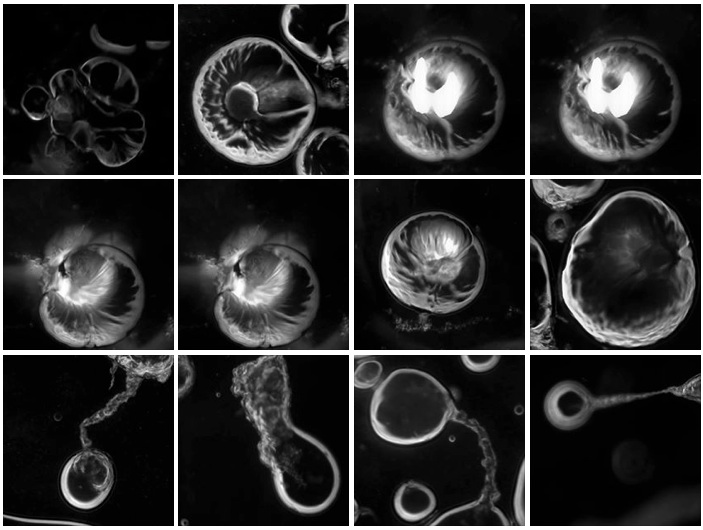
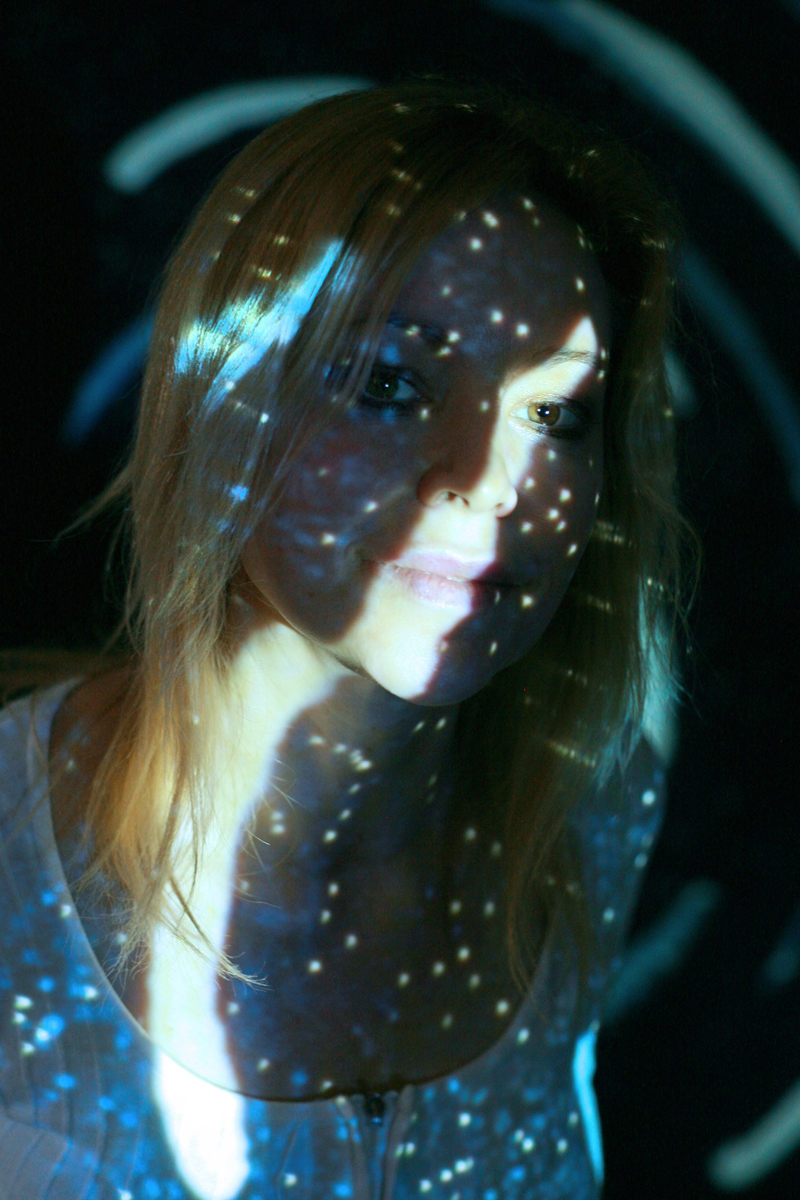
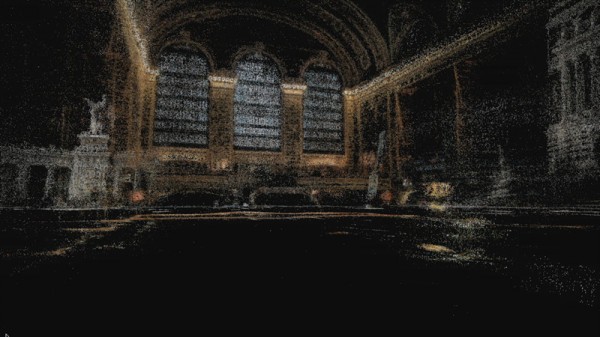
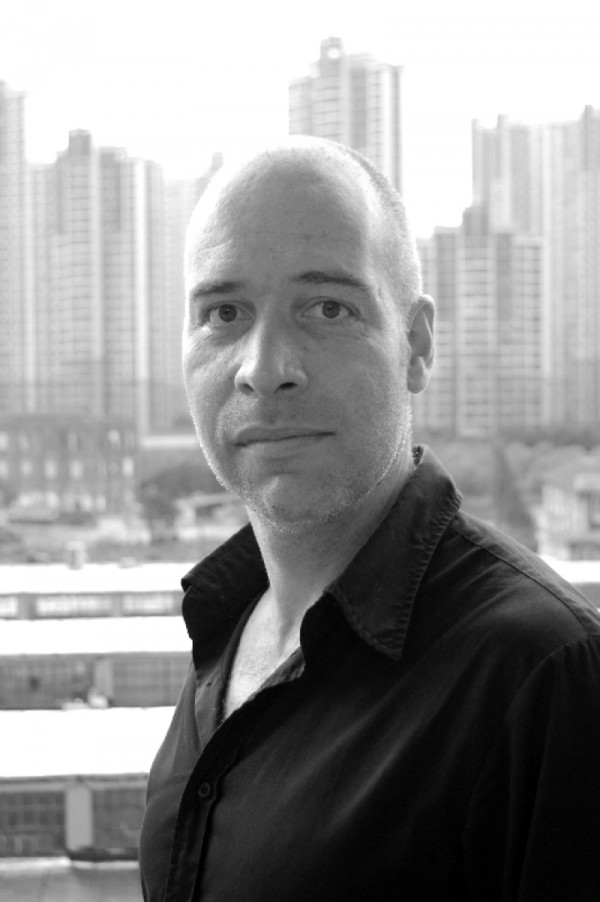
![Frederik De Wilde - Quantum Foam #2 [sphere] - Red Edition](wp-content/uploads/2014/03/Frederik-De-Wilde-Quantum-Foam-2-sphere-Red-Edition-600x506.png)
